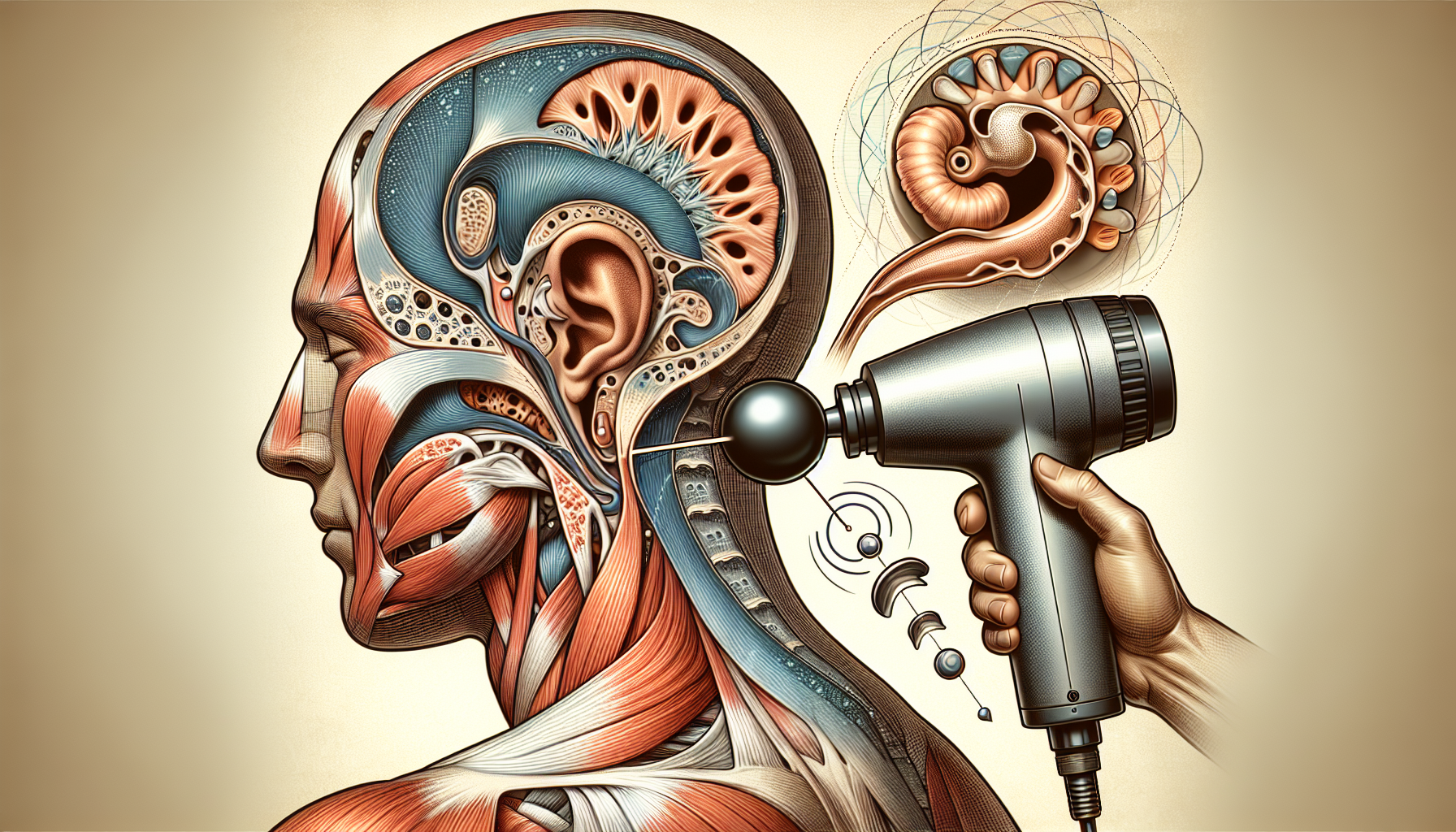New Insights into Cognitive Abilities in Children with Aicardi Goutières Syndrome
Key Takeaways
- Non-verbal assessment tools provide accurate cognitive measurements in AGS patients.
- Parental insights are validated in understanding cognitive abilities.
- New methods can improve future clinical trial designs and treatments.
Did You Know?
Introduction to Aicardi Goutières Syndrome
Aicardi Goutières Syndrome (AGS) is a rare genetic disorder primarily affecting the brain, spinal cord, and immune system. It leads to severe neurological impairment due to the immune system attacking the brain's white matter or myelin. This condition is classified under a group of disorders known as leukodystrophies.
Challenges with Assessing Cognitive Abilities
Children with AGS often face significant motor and expressive language deficits, which make it challenging for them to communicate. This has historically created difficulties for clinicians trying to assess the cognitive function of these patients. They may be unable to move or speak, but it does not necessarily mean that they lack cognitive abilities.
Breakthrough in Cognitive Assessment
Researchers at Children's Hospital of Philadelphia (CHOP) have made a significant breakthrough by utilizing non-verbal IQ assessment tools. Two primary tools were used: the Leiter International Performance Scale-3rd edition (Leiter-3) and the Vineland Adaptive Behavior Scale-3rd edition (VABS-3). These tools help measure cognitive functions that do not rely on verbal abilities or motor skills.
Research Methods and Findings
The study included 57 pediatric patients diagnosed with AGS. Of these, 37 were able to complete the Leiter-3 assessment, which focuses on non-verbal cognitive skills. The VABS-3 assessment provided insights into personal and social skills through parental feedback. The results showed a correlation between these assessments and the AGS Severity Scale scores, indicating that some children with AGS have normal cognitive abilities despite severe physical impairments.
Importance of Parental Observations
Parental observations played a crucial role in the study. Many parents believed that their children understood them despite their inability to speak or move. These new findings validate those observations and emphasize the importance of considering non-verbal communication skills and parental insights when assessing cognitive abilities in children with AGS.
Implications for Future Clinical Trials
One of the significant takeaways from this study is the potential impact on future clinical trial designs. Traditional cognitive assessments may not be suitable for patients with AGS due to their motor impairments. Implementing non-verbal cognitive assessments can lead to more patient-centric trial designs and better therapeutic strategies.
Potential Broader Applications
While the study focused on AGS, the methods and findings have broader applications. These non-verbal assessment techniques could potentially be used to evaluate cognitive functions in patients with other types of leukodystrophies and similar neurological disorders.
Growing Understanding of Neurological Disorders
Advancements in diagnostic tools and treatment options for leukodystrophies have paved the way for more detailed studies. The growing body of research continues to shed light on cognitive capabilities in children suffering from these disorders, which were previously underestimated.
Funding and Support
This groundbreaking study was made possible through funding from various organizations, including the National Institute of Neurological Disorders and Stroke (NINDS), the National Center for Advancing Translational Sciences (NCATS), and CURE Pennsylvania. Such support is crucial for continuing research in rare genetic disorders like AGS.
Conclusion
Understanding the cognitive abilities of children with AGS has far-reaching implications. These new assessments provide a much-needed tool to help parents, clinicians, and researchers support these children better. Continued research and innovation in assessment methods can improve the quality of life and care for children with rare genetic disorders.
References
- Children's Hospital of Philadelphiahttps://www.chop.edu
- Neurology Journalhttps://pubmed.ncbi.nlm.nih.gov/10.1212/WNL.0000000000209541
- National Institute of Neurological Disorders and Strokehttps://www.ninds.nih.gov


